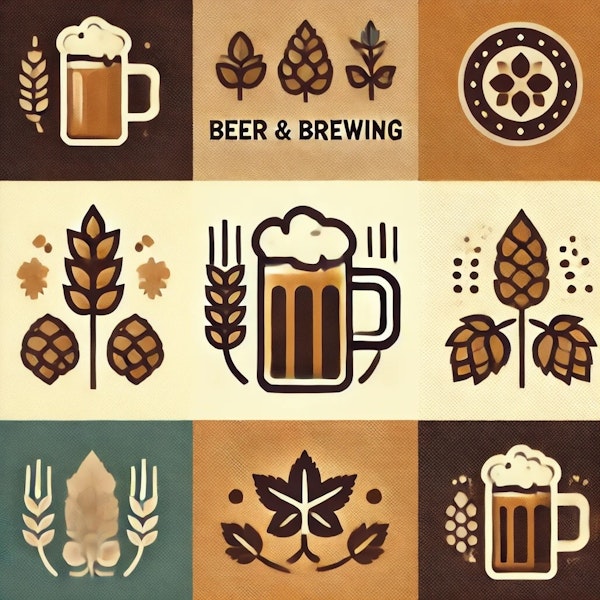
Josh Weikert dispels myths of brewing dogma because “the way it’s always been done” doesn’t always work for you.
This might seem like just another hoppy session beer, but the regionally authentic ingredients do tend to come through even in the face of atypical hops.
While the focus for most homebrewers is brewing all-grain recipes, Josh Weikert argues that it’s not always necessary. You can benefit from having a bit less control (but no loss of quality) and a significant chunk of time back in your brew day.
Knowing how to build a recipe for fractional distillation, how to use the process, and how to make a style into an “Ice Whatever” is a great tool to have in your bag.
There is a distinct challenge in brewing gose: salt. Working with salt introduces higher stakes. Aim too high, and you end up with an undrinkable salt bomb. Too low, and you can’t register the salt at all. This recipe will get you right in the ballpark.
The White IPA functionally updates a classic style in a way that emphasizes the regional particulars of the original beer while incorporating updated ingredients.
It’s time to consider the evolution of Trappist beers in the New World. As the American craft-beer movement engages with and develops Trappist styles, it is also keeping some Trappist brewing traditions alive.
Candi sugars are at once an underused and an overused ingredient. Let's dive into the specific function candi sugars can play in beer.
Lagers can be every bit as intense as ales. Let's explore the world of intense lagers and discusses both style and production characteristics that will have you dazzling your friends’ palates in no time.
The keyword today is balance. In whichever style you choose to smoke up, the smoke character should more or less equal in magnitude the strongest flavor in the profile and should complement and enhance the flavors present.